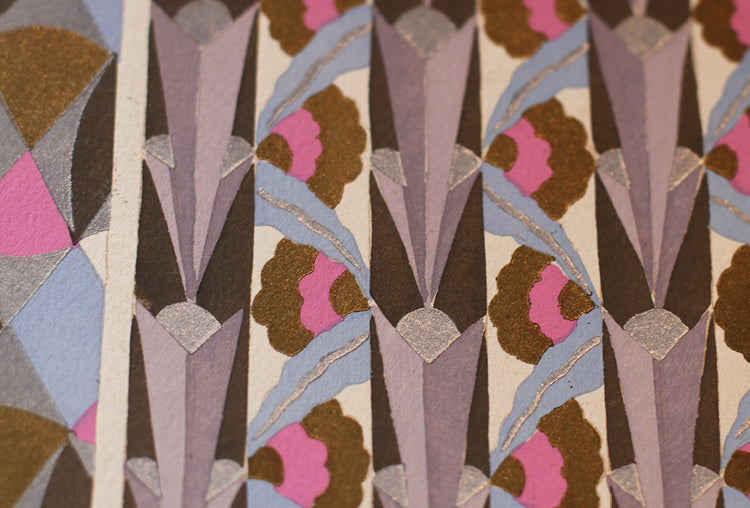Busy as a Bee

Late last year, I was ready to start my long awaited journey of beekeeping. After some investigation and research the answer was right in my backyard...literally. We were landscaping our garden and Luke (who was landscaping the garden) is also an apiarist, who happened to have a hive he needed to relocate.
This image is of my hive in the peek of summer.

My kids bought me my first bee suit for my birthday along with the beekeeping tools I required...a smoker, an electric uncapping hot honey knife, scraper and a 20L food grade plastic honey bucket (with honey gate).

This is Luke teaching me what to do. First we filled the smoker with dry garden material and smoked the hive. The reason for smoke when harvesting honey is to interfere with the bees' line of communication. When bees get upset they release pheromone. A pheromone is a chemical substance released by an animal to change the behaviour of others of the same species. The smoke masks the pheromone signals.

The next step is to gently lift the lid off the beehive and place it next to the hive. As you can see there is honeycomb on the lid which will be scraped off.

Next we scraped off the honey comb sitting on top of the frames and put it on a tray.

The left image shows the hive ready to lift each frame. Within minutes, the top was covered in bees. So we had to smoke again. We then used the beekeeping claw to gently lift one end of the frame and then the other to pull the capped frame out of the hive. We gently shook off any bees with plant material, trying not to harm the bees. We put all the frames in a plastic tub (with a lid) ready to decap.
COLLECTING HONEY

This is my daughter Chloe de-capping the frames with the heated knife.

After taking off the caps from the honeycomb, each frame is put in the spinner, two at a time and spun to collect the honey from each cell. The honey from the frames drains into the honey bucket with valve. I then strained the honey through a sieve into sanitised containers.

The left image shows the frames after the honey has been extracted. Each cell is empty. Luke had prepared some new frames that we put into the hive along with one full frame for the bees to feed from.

The next day I collected the honeycomb that I had scraped from the top of the frames and the top of the lid and double boiled it to separate any honey from the beeswax (the heating process separates honey from the wax). The wax floats to the top and the honey is under. Once dry, you can lift the block of wax from the honey and strain the honey into jars. This honey was darker in colour.

I then strained the beeswax though some muslin cloth into a lined carton. and left it to cool. Once cool, I peeled away the carton and was left with a clean block of beeswax. The remaining bits in the cloth included the propolis. Next step for me is to understand how to clean the propolis and use it somehow. The propolis has many health benefits and smells incredible.


The fruits of my labour...honeycomb, beeswax, propolis and HONEY!

